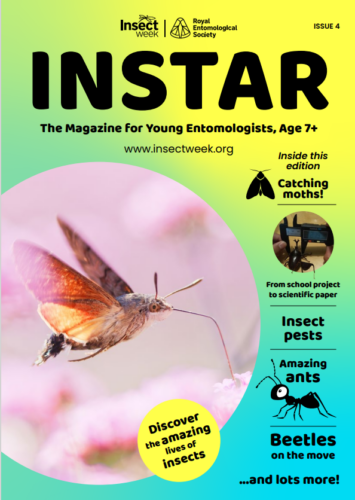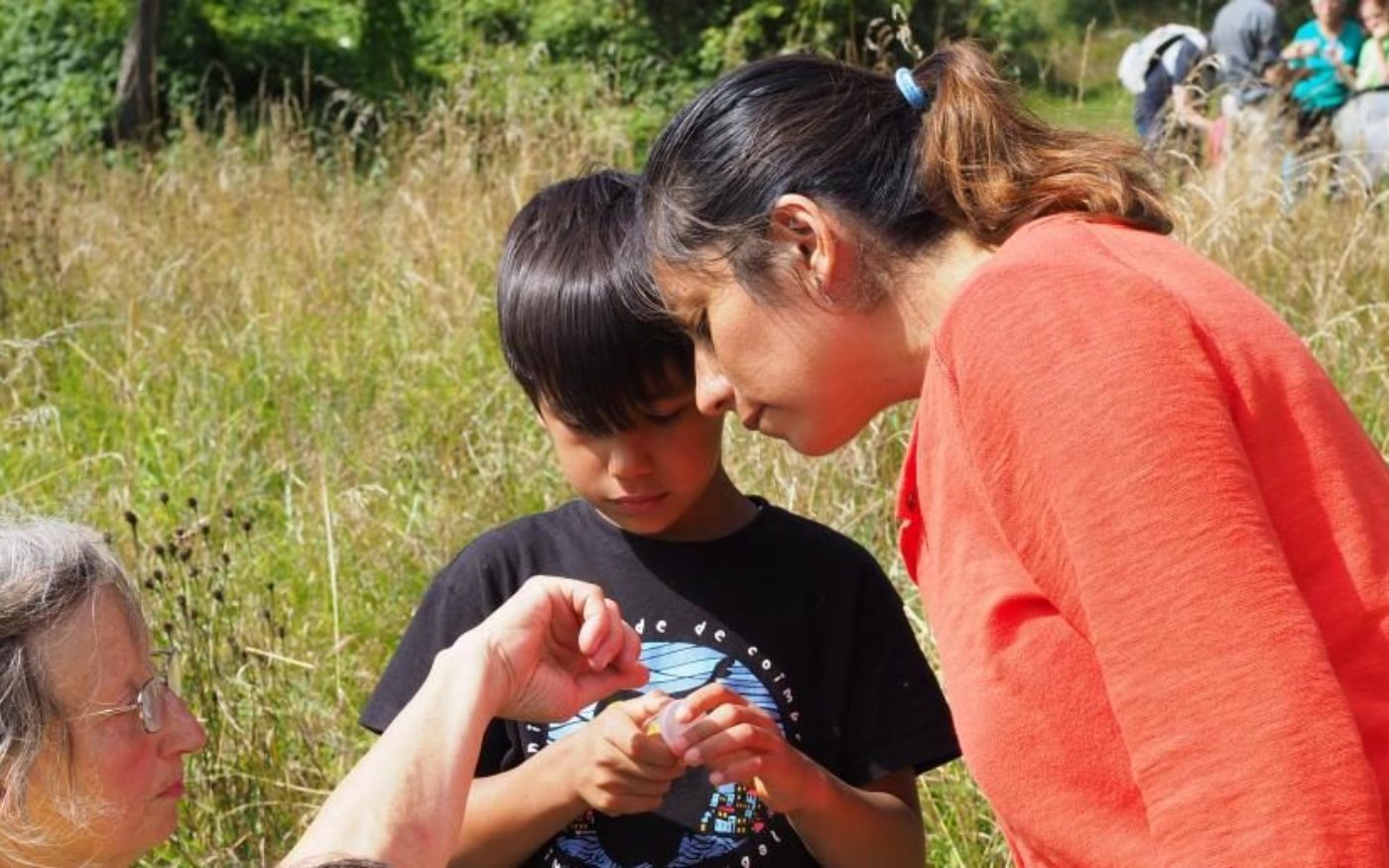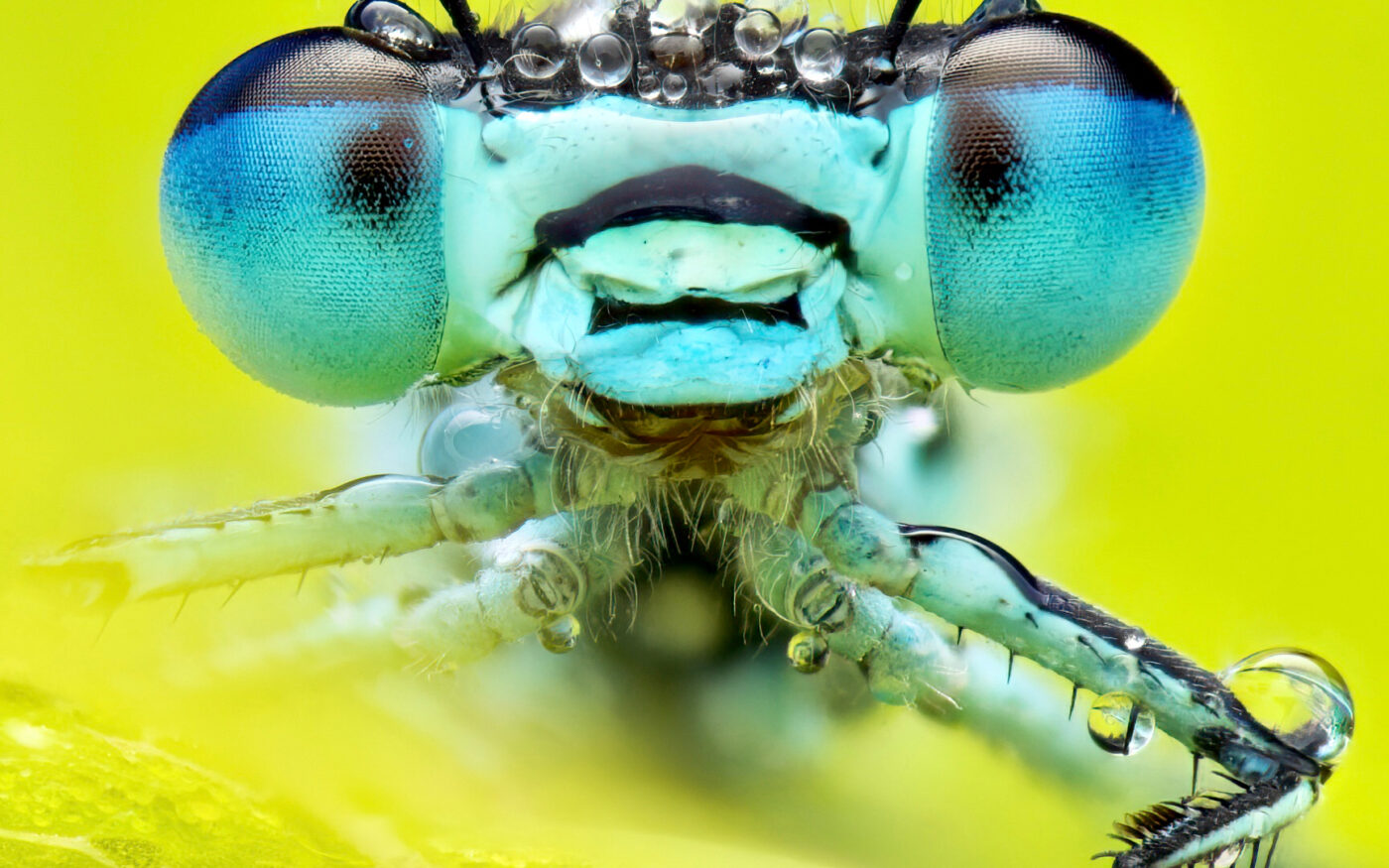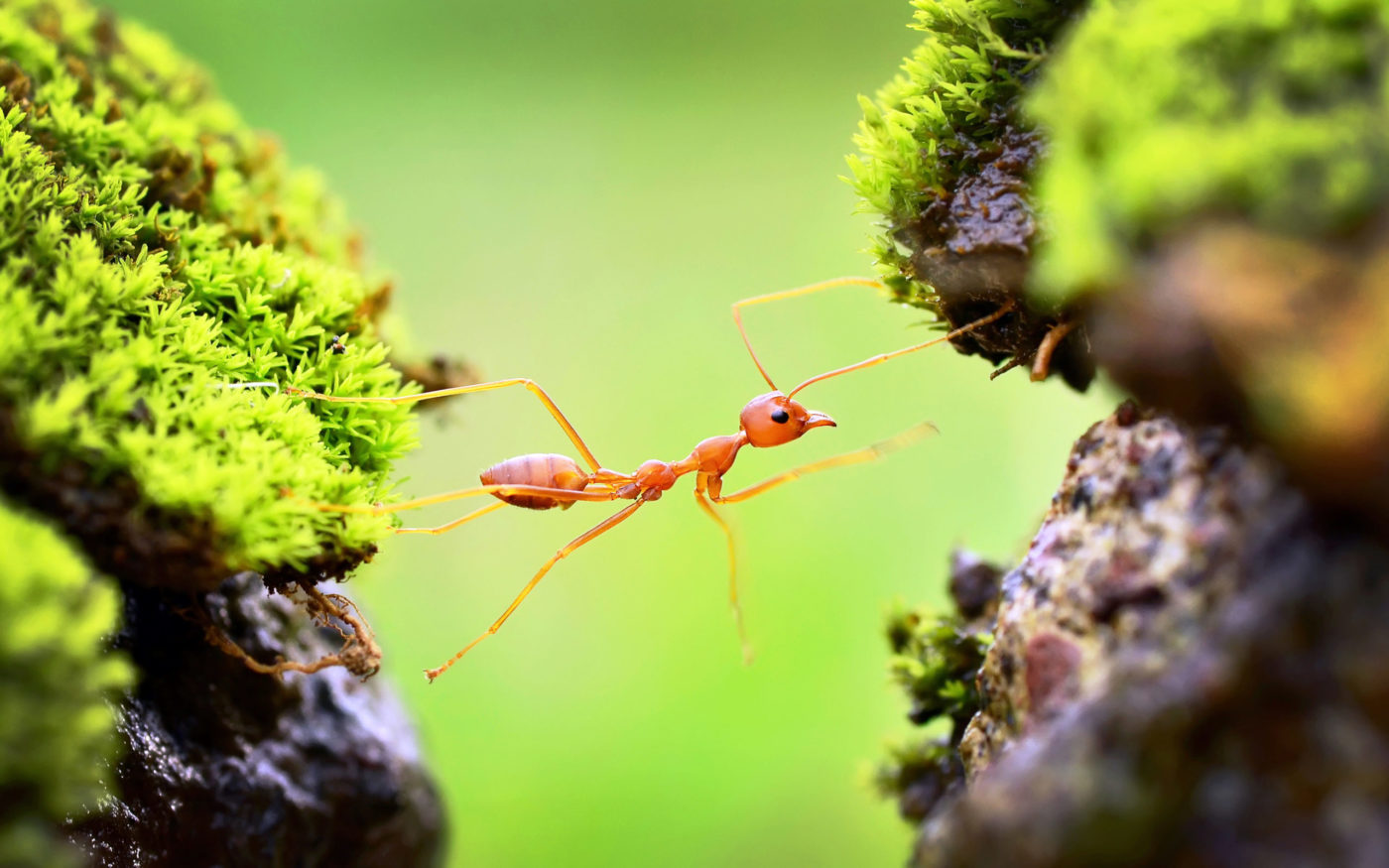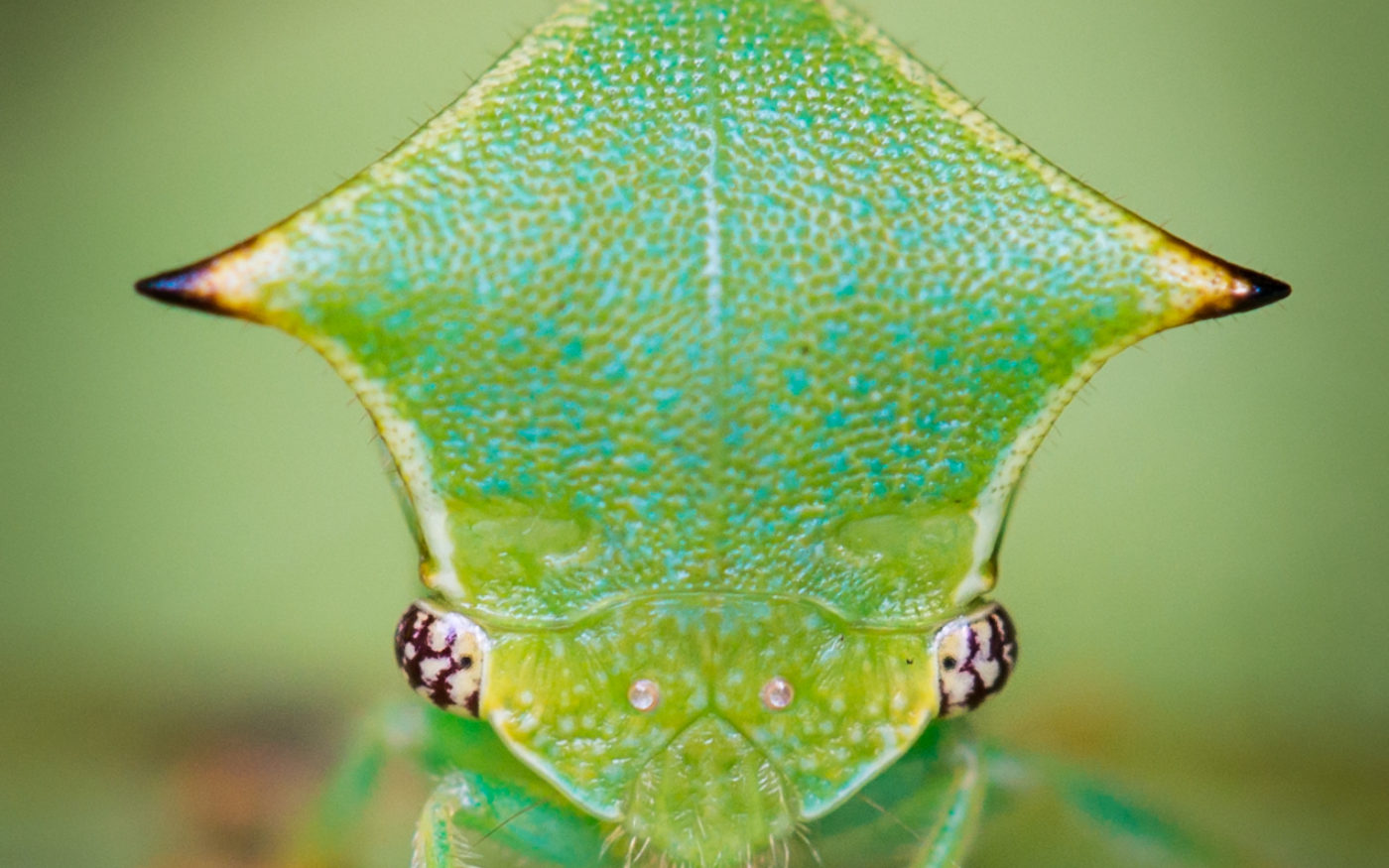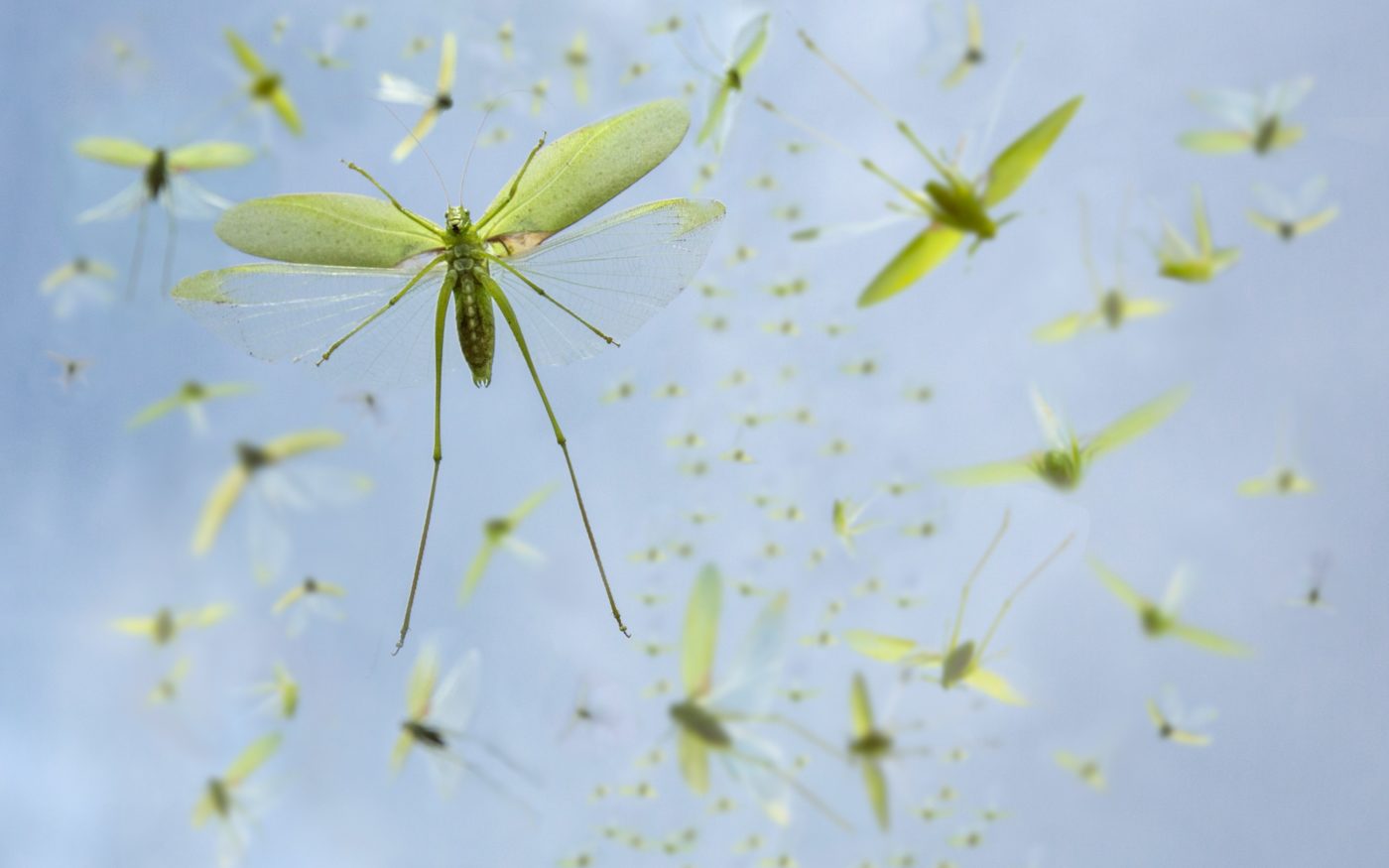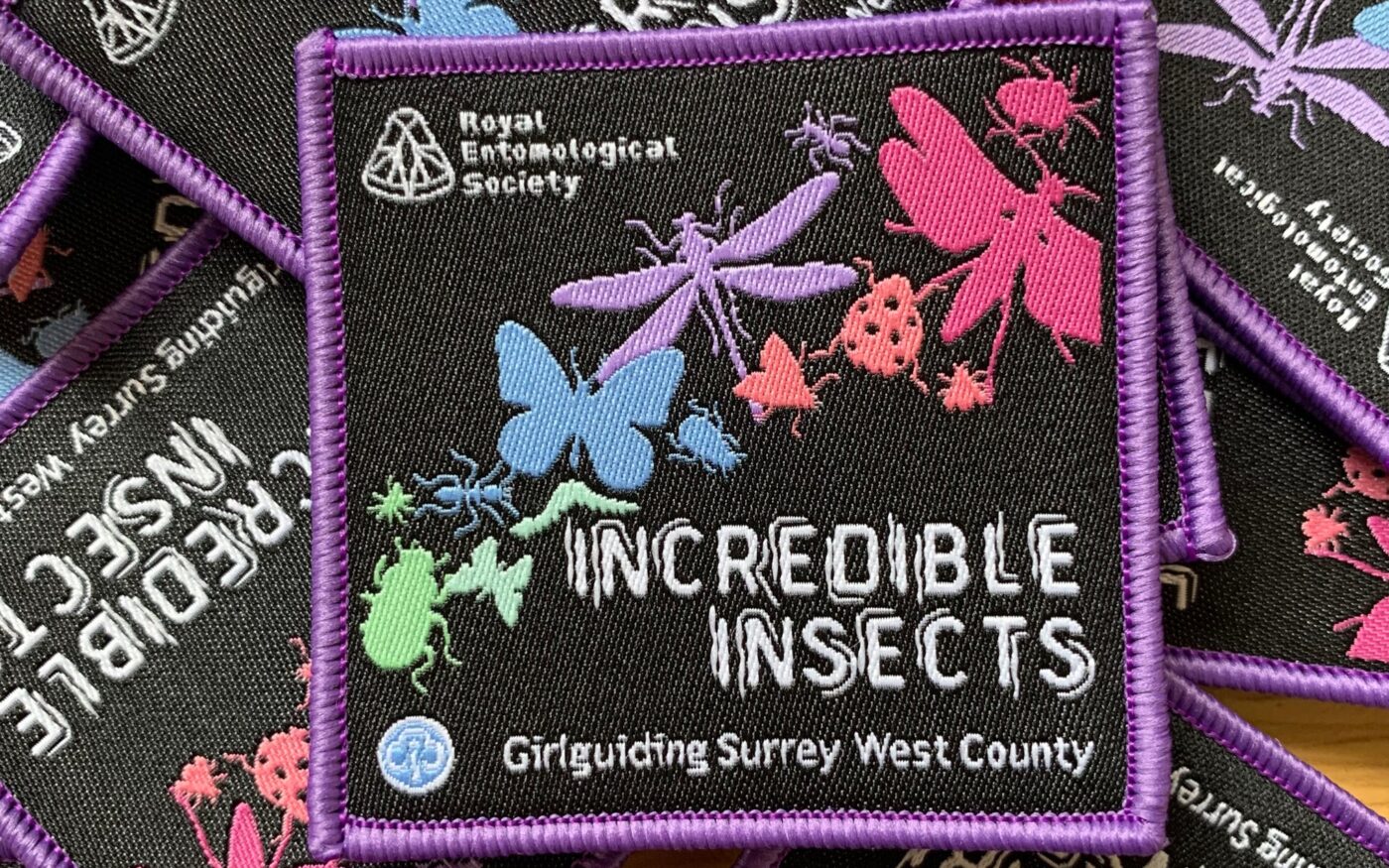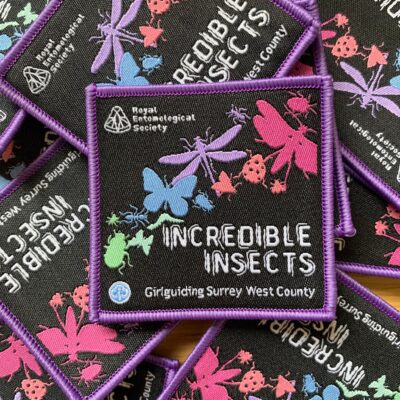A celebration of all things insect
Organised by the Royal Entomological Society, and supported by partner organisations throughout the UK and Europe, Insect Week is a celebration of all things insect.
Wherever you live, it’s an opportunity to take part in insect science, get to know insects, learn from experts, and have fun.
The next Insect Week will take place on 24 to 30 June 2024.
INSTAR – Magazine for Young Entomologists
A digital magazine for young entomologists. Find out more about insects and those people who study them.
Did you know?
Multitudinous moths
Many more moth than butterfly species are known, only 10% of the group are actually butterflies.
Most diverse
In UK ants, wasps, bees & sawflies (Hymenoptera) have 6000+ species, just beating true flies (Diptera) at 5000+.
Ommatidia
Dragonfly compound eyes are made of up to 30,000 separate facets or ‘ommatidia’.

